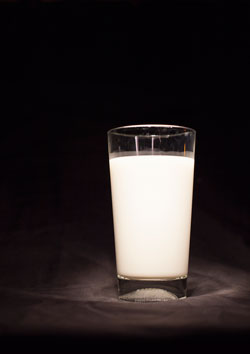
In 71 percent of outbreaks, nonpasteurized milk was obtained from dairy farms, 13 percent came from licensed or commercial milk sellers. An additional 12 percent of raw milk was obtained from cow or herd share arrangements.
In 1987, the FDA banned the interstate sale and distribution of raw milk. However, the laws regulating intrastate sales are set by the states. The vast majority of outbreaks (81 percent) occurred in states where nonpasteurized milk sales are legal in some form: Pennsylvania (17 outbreaks), New York and Minnesota (six each), South Carolina, Washington and Utah (five each).
The average number of outbreaks associated with nonpasteurized milk was four times higher in this six-year period (13.5 outbreaks per year) than reported in a review of outbreaks from 1993 to 2006 (3.3 outbreaks per year). This increase was concurrent with a decline in the number of states in which the sale of nonpasteurized milk was illegal; from 28 in 2004 to 20 in 2011.








